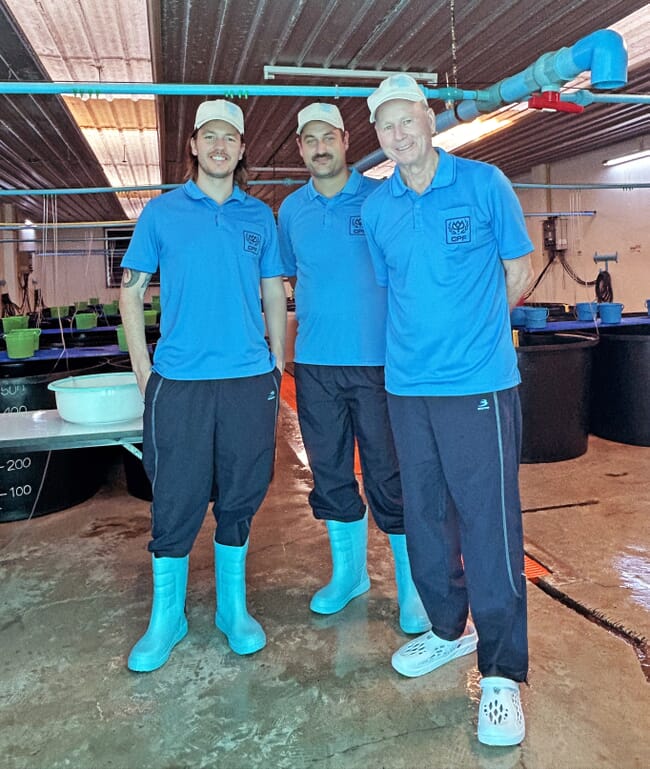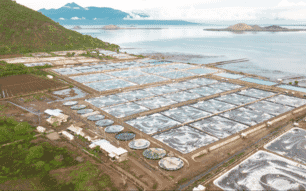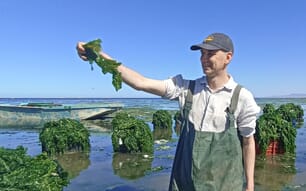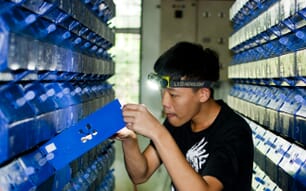
The Hatch perspective
From a company viewpoint, Krome notes that 2023 has had a number of highlights.
“We’ve managed to close our venture-growth fund as well as our second accelerator fund and completed our sixth accelerator programme,” he reflects.
And, despite the challenges facing many startups in a year of economic upheaval, he’s been pleased that a number of Hatch’s portfolio companies have been bucking the trend.
“Generally there’s less VC money out there at the moment, which has led to many companies having lower valuations, but our portfolio is still doing OK and still hitting their targets, which is very positive. We expect to have some very positive updates in the coming weeks. Especially from some of the companies we invested in during 2018 and 2019,” Krome explains.
Meanwhile, from a personal perspective, he is delighted to have significantly grown Hatch’s team and yet successfully retained the egalitarian structure that he originally envisaged.
“We’ve managed to grow by about 25 percent this year but also keep the culture the same way it used to be and always, ideally, will be: there’s no politics, no attitudes, no hierarchies and a strong collective desire for everyone to get their fair share of the pie,” he reflects.
The wider industry
The drop in shrimp prices is one of the factors that has concerned Krome, especially as he’s spent much of the past year in Southeast Asia.
“Being in the region really brings it home and those startups we work with in the region – like Aquaconnect and Jala – are finding it harder to gain traction, as farmers are stocking fewer shrimp and are less willing to invest in new technologies,” he notes.
While many people in the shrimp industry are beginning to work on initiatives to drive demand for shrimp, Krome suspects that any uptick in prices is more likely to be caused by other forces.
“Apparently there are indications that prices will change again, but they won’t change thanks to increased demand: they will more likely change because of a factor like Ecuador being hit by a disease,” he predicts.

In the meantime Krome is frustrated by the slow nature of tech adoption across the aquaculture sector – something that may have been exacerbated by the macro-economic situation but hasn’t been caused by it.
“The reality is harder than the theory. It’s not easy to persuade a smallholder farmer to adopt a new piece of farm management software, as farmers don’t see the lack of this software as a bottleneck,” he reflects.
On a more positive note, Krome believes that the seaweed sector is emerging as one of the few winners of the year.
“It’s having a spring season in terms of the funding environment there, although they’re still having a tough time in terms of finding product-market fit outside the conventional applications like carrageenan,” he explains.
And he’s noted that some of the emerging applications for seaweed are gaining more traction than others.
“I think biostimulants are currently the most promising area for growth, but producing seaweed to provide nutrients for land-based crops is only exciting if you’re able to significantly reduce the need for conventional fertilisers,” Krome observes.
Looking ahead
According to Krome, it’s necessary to take a medium- to long-term view, as many of the fields of aquaculture innovation that were most hyped when he joined the sector a decade ago are still struggling to be commercially successful.
“Hardly anyone is making money in RAS, offshore aquaculture or alternative proteins yet. The areas that are looking the most promising are platforms – like those developed by eFishery, Jala and Aquaconnect – that leverage technology to make trading and financing more efficient,” he reflects.
“In the medium term I envisage breakthroughs in terms of feed ingredients, in oxygenation technologies, in alternative proteins, but it’s going to still take some time – I’m talking five years or so – although there will be incremental improvements between now and then,” he adds.
Krome also believes that the sustainability of aquaculture – or at least the farming of carnivorous aquatic species that require marine-based feeds – is often overstated by the industry.
“If the feed conversion ratio is one, that means that one kg of feed produces one kg of fish, but that calculation is based on using the dry weight of feed and comparing it to wet weight biomass of the end product. However, if you compare the dry weight of feed to the dry weight of seafood it produces, then you need four kilos of feed for every kilo of food,” he explains.
“Aquaculture can help marine biodiversity by producing alternatives to wild stocks, but it’s not necessarily the best way to improve global food security, unless the species doesn’t need to be fed or can be fed plant-based ingredients only: if you want to generate nutrients it’s not going to be through farming carnivorous fish or shrimp,” he adds.
However, Krome notes that despite its flaws, aquaculture still has significant advantages over most forms of livestock production.
“Compared to other sources of animal protein, fish are still more efficient at feed conversion. And unlike more mature farming sectors like poultry, there is still scope to dramatically improve genetics and husbandry practices in fish farming,” he concludes.








